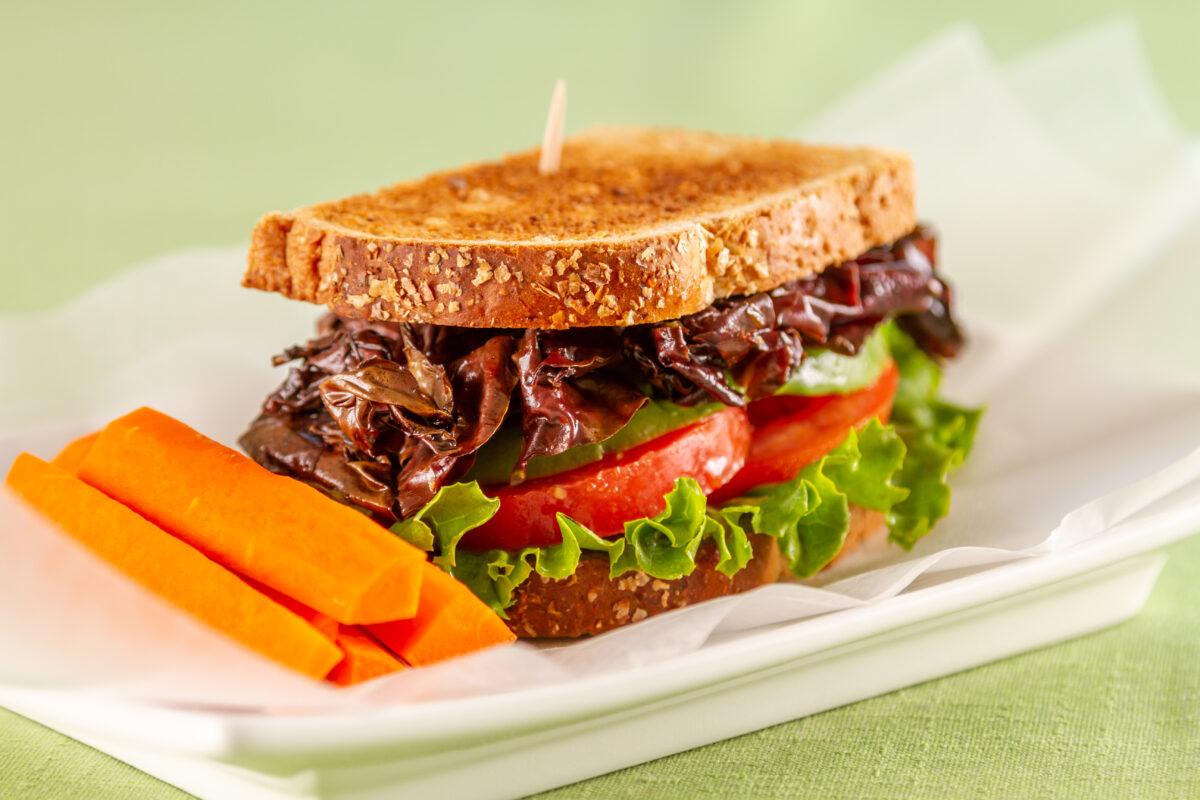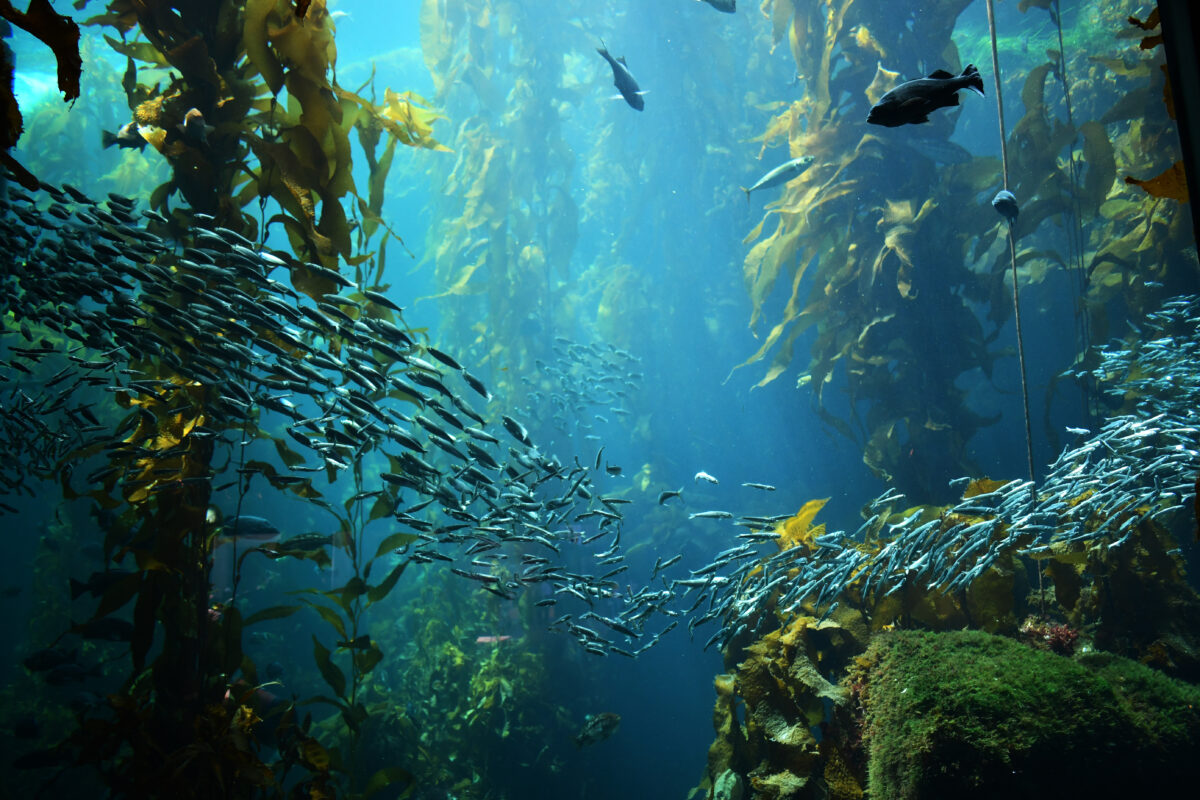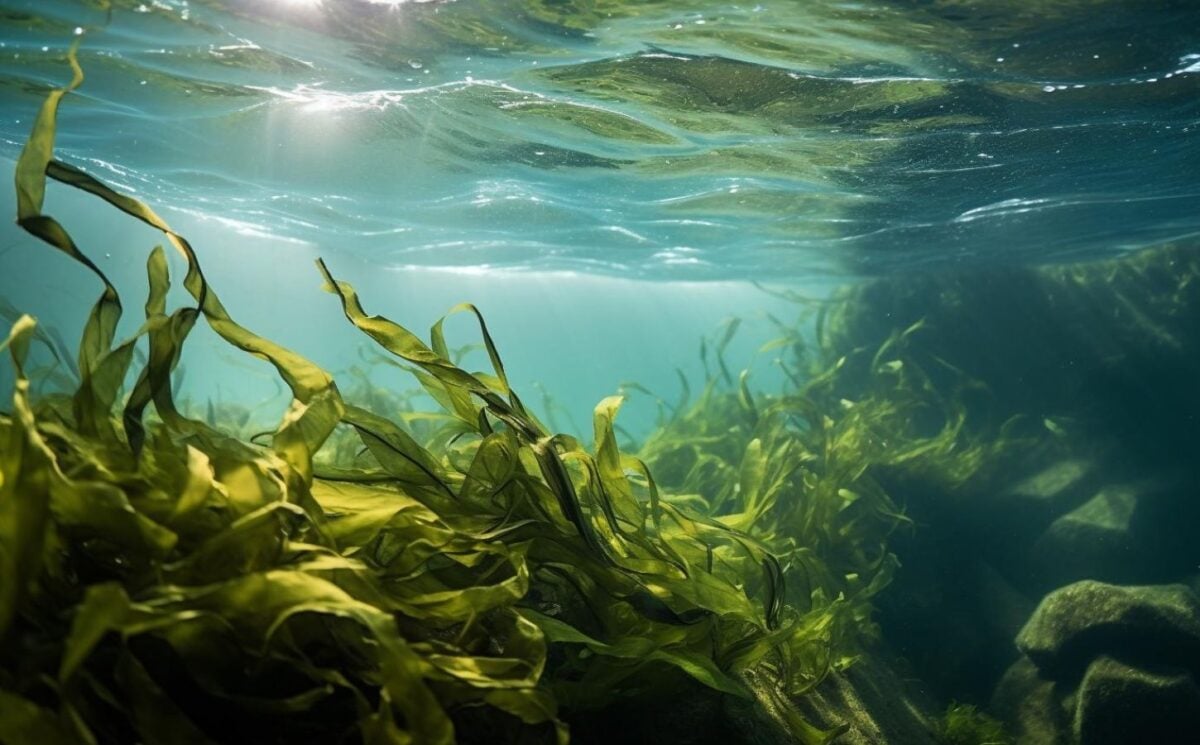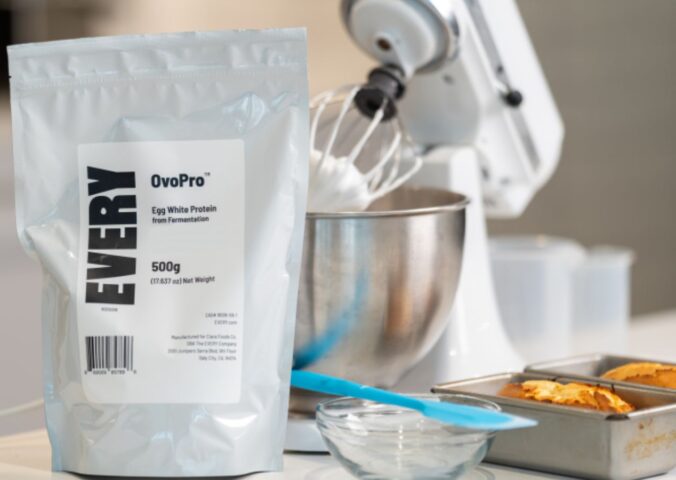Seaweed has long been a staple of certain cuisines including Japanese and Peruvian. Many of us will mainly have eaten it in its dry form wrapped around sticky sushi rice. But its health benefits and green credentials are boosting its popularity globally.
There are lots of different types of edible seaweed, with some eaten fresh and some dried. It generally has a savory, salty flavor, and can be used in many dishes including soups, salads, and stir-fries.
But seaweed’s potential uses go far beyond the culinary. It can be turned into fabric and plastic and could even be used as medicine and to make fuel.
What types of seaweed can you eat?
There are thousands of species of seaweed drifting in the world’s oceans, broadly categorized as green, red, and brown (often called kelp). But only a handful are good to eat.
Among them are nori, a red seaweed, is the dried type you find wrapped around sushi. Wakame is a brown kelp often used in salads and soups. Dulse is a purplish seaweed popular in Ireland and can be used to make vegan bacon.
The various types of edible seaweed have different flavors and textures. Some are richer in certain minerals and vitamins than others, but all have some broad health benefits in common.
Health benefits of seaweed
Does seaweed contain protein?
Green and red seaweeds tend to have higher protein content than brown seaweeds, but all contain the nine amino acids that humans need to get from food. Some types also have higher concentrations of certain amino acids. Generally, seaweed is a good source of glycine, arginine, alanine, and glutamic acid, but not so great for lysine and cystine.
On a gram-for-gram basis, the protein and amino acid contents of seaweed is comparable to those of beef. Red seaweeds are similar to eggs and soybeans in terms of protein content. This does not mean that seaweed is a viable source of protein, however. Nutritionist Veronika Prošek Charvátová MSc, researcher at Viva!, tells Plant Based News: “Seaweed is usually high in protein but we don’t consume large enough amounts to call it a significant source.”
What’s more, eating too much seaweed can raise iodine levels too high, interfering with thyroid function. Heavy metals from the marine environment can also accumulate in seaweed, so overconsumption should be avoided.
Thyroid function support
In the right quantities, seaweed can support healthy thyroid function due to its iodine content. The hormones produced by the thyroid regulate metabolism, protein synthesis, and development in children.
“Edible seaweed is an excellent source of iodine – an essential mineral – because it absorbs it from seawater,” says Charvátová. “It’s the only reliable source of iodine in a vegan diet so it’s a good idea to make it a staple. All edible seaweed, apart from the freshwater species spirulina and chlorella, when eaten as a part of a meal such as sushi, soup or seaweed sprinkles, provides a good dose of iodine.”
Adults need around 150 micrograms of iodine a day. A 10 gram serving of dried nori provides 232 micrograms – 155 percent of the recommended daily intake.
Iodine deficiency isn’t generally a problem for most people in wealthy countries where a lot of animal products are consumed. But vegans can benefit from the iodine provided by seaweed.
Charvátová urges caution when it comes to some seaweed and iodine, however. Kelp is “exceptionally high” in iodine (with 2,000 micrograms in a tablespoon), meaning it should be used “sparingly.”
“Excess can disrupt thyroid function, leading to weight gain, hypothyroidism or hyperthyroidism,” she says. “Intakes of up to 500 micrograms a day are unlikely to cause any harm but don’t go any higher.”
Vitamins and minerals: does seaweed contain B12?
Seaweed is full of vitamins and minerals including vitamins A, D, E, and C, calcium, potassium, magnesium, and iron. The mineral levels in seaweed can be 10 to 100 times higher than they are in vegetables that grow on land. Some types of seaweed also contain vitamin B12, but this doesn’t mean you should rely on it for your intake of this.
“When it comes to B12, nori and chlorella contain some but levels vary, with some samples containing none, so these seaweeds aren’t reliable sources,” says Charvátová. “Some foods, including spirulina, contain so-called B12 analogues – molecules that are almost the same as B12 but not quite. The analogues are dangerous because they can block your B12 receptors and prevent the real B12 from being absorbed. If you take spirulina, have your B12 supplement at a different time to make sure enough is absorbed.”
The types and amounts of vitamins and minerals found in seaweed depends on the species. Other factors influencing the nutrient content of seaweed is the region where it grows and the season in which it is harvested.
Fiber
Fiber is important for digestive health, but lots of people have too little of it in their diet. Seaweed is high in a diverse range of fibers. Some of these have been extracted for a long time for use as a food additive, such as carrageenan. But they have not yet been isolated for use as a dietary supplement.
The carbohydrates in seaweed also contain prebiotics, which are good for your gut microbiome.
Omega 3
Seaweed can be a great source of healthy fatty acids omega 3 and 6. Wakame in particular has been found to be rich in omega 3.
Omega 3 is important for heart health and can be underconsumed compared to omega 6. Fish is usually recommended as a source of omega 3 but certain types of seaweed offer a good plant-based alternative.
Charvátová advises plant-based eaters to not reply on seaweed as their only source of Omega 3, however. “To get significant amounts from seaweed alone is not feasible so if you’re looking to boost your omega-3 intake, you might want to look for algae-based supplements,” she says. “These contain algal DHA – the type of omega-3 fat our bodies need and can directly use.”
How to get more seaweed in your diet

If you live in a coastal place where edible seaweed grows, you’ll have easier access to seaweed that can be eaten fresh. It’s more readily available elsewhere in dried form, as it keeps longer and can be transported. Some dried types, like nori, are meant to be used dry, but others can be rehydrated.
Salad and poke bowls are an easy and tasty way to prepare seaweed at home. You can buy dried kelp and soak it for 15 minutes to make a seaweed salad as in this recipe. Nori flakes are a great garnish for poke bowls packed with vegetables and plant-based protein as in this poke bowl recipe.
Making vegan bacon with dulse is easy, if you can get your hands on some dried dulse which can then be rehydrated. When you fry it, it becomes crunchy and apparently already tastes like bacon.
Seaweed snacks are becoming popular, such as seaweed crisps, thins, and even jerky. It’s also possible to buy supplements made with seaweed, including as a specifically plant-based omega 3 supplement.
But experts have warned that health claims about seaweed products are often not substantiated by evidence. This is due to a lack of human trials to test the health benefits and risks of consuming seaweed. Nor is there much regulation to make seaweed product manufacturers to disclose mineral, iodine, or heavy metal content. They are not required to provide guidance on the amount of whole seaweed products that it’s safe to consume.
Other uses of seaweed
Some companies make fabric out of seaweed – thought to be a sustainable alternative to other raw materials used in textiles such as cotton.
SeaCell, made by a company based in Florida, US, is made from Knotted Wrack, a brown species of seaweed found on rocky shores in the British Isles and elsewhere. The cellulose in the seaweed is broken down and made into fibers that are spun into yarns.
Plastic is another material that can be made from seaweed. In 2022 a UK company won £1 million in Prince William’s Earthshot Prize for making a seaweed-based plastic alternative. Notpla products include a coating for takeaway boxes and a rigid plastic alternative.
Researchers have devised a way to make biofuel from seaweed that washes up on beaches. In particular they have focused on invasive seaweed species such as Sargassum. This brown seaweed has inundated beaches in North and South America since 2011, likely due to pollution from agricultural raising nutrient levels in the water.
Seaweed has long been valued for its medicinal properties, but more recently it is being investigated for use in pharmaceuticals. The bioactive compounds in seaweed have been found to kill bacteria and viruses in humans. In future, it could be used to replace some antibiotic drugs, which are losing effeicacy due to antimicrobial resistance.
Environmental benefits

Seaweed is purported to be a non-toxic way to make materials and fuel that uses very little natural resources. As seaweed grows easily and abundantly it is considered a renewable resource.
Farming seaweed can reduce eutrophication by removing excess nutrients from the water and producing oxygen in return. It absorbs even more carbon dioxide than trees do as it grows and doesn’t require pesticides or fertilizers. Crucially, it also requires no land, and can provide habitat and nutrients to marine animals.
Not all uses are benign
Among seaweed’s many properties is its ability to inhibit methane production in cows’ digestive systems. The meat industry has seized on findings from several studies showing that adding seaweed to cows’ feed can reduce the methane they produce by up to 80 percent.
The problem with this climate “solution” is that seaweed feed additives can only realistically be administered to cows in feedlot conditions, where diet is controlled. Cows produce most of their methane while grazing on pasture. So farming cows would need to become much more intensive for seaweed to meaningfully reduce their methane emissions.
Seaweed is also used increasingly as feed for farmed fish. As it is considered a sustainable crop to cultivate, this can help the aquaculture industry to greenwash its activities. Meanwhile, it is “catastrophic” for fishes, according to campaigners, and severely pollutes the marine environment.






